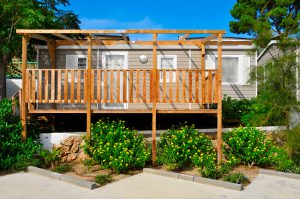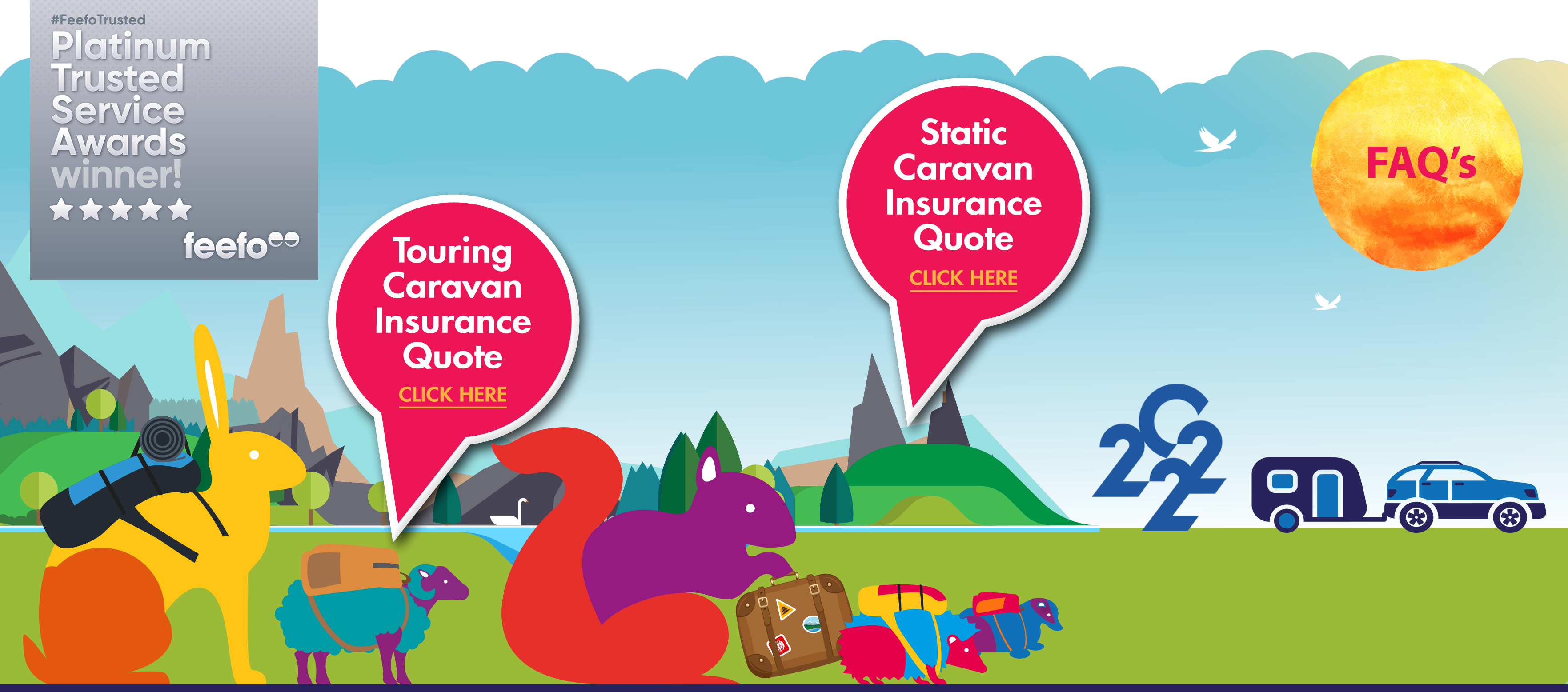 It seems as if the popularity of static homes, as an escape from everyday life, is not only undiminished but actually growing.
It seems as if the popularity of static homes, as an escape from everyday life, is not only undiminished but actually growing.
What’s driving this phenomenon?
What is a static home?
Just in case you’re unfamiliar with the term, static homes usually come under one of two general appearance categories:
- caravan-like dwellings that while they might be technically towable, are really designed to sit permanently on a pitch;
- rather more cabin-like prefabricated structures, sometimes built of timber, that likewise sit on a pitch permanently. These typically can’t be towed but they could be craned-up and transported if absolutely necessary.
It’s important at the outset to differentiate between a static caravan home and what’s called a “park home”.
Typically, a static caravan home is used for a few weeks or months in the year for recreational purposes. They might be that bolt-hole to get away from your permanent home and environment in order to enjoy a few days or weeks in tranquil surroundings.
Unlike park homes, static caravans sit on a site that typically isn’t licenced for permanent all-year-round occupation. So in terms of both local authority regulations and your static home insurance, your static caravan home cannot usually be occupied for 365 days per year. You can’t typically use it as your place of permanent residence.
Why people are buying static homes
There are many and highly varied reasons:
- utilising spare cash, such as an inheritance, to both purchase a static home and fund a change in lifestyle. Given that a very comfortable and modern static home might cost, say, £70-90,000, this is now well within the reach of many;
- low running costs. Many such homes are built to modern standards using high-tech materials. This should help to reduce heating and related energy costs considerably over that payable in a standard home. So, you might well be economising on living costs while you’re also enjoying your break in your rural retreat;
- living the dream. Many people are simply tired of the stresses and strains of city or suburban living. A static home can put you in touch with that rural lifestyle you’ve dreamed of and more or less whenever you wish;
- static home insurance is typically very competitively priced;
- smart design. There are now some very innovative designs out there in the static home world. They’re quite simply exceptionally attractive leisure-based accommodation.
Points to note
All these are very real drivers behind their popularity but there are some points to note too:
- unlike many conventional properties, a static home’s value will depreciate over time and you may also be obliged by the site owner to replace the static home after a certain amount of years;
- as with any major purchase, it’s very important to get the best independent legal advice before signing your purchase contract – taking into account the site issues as well as the static itself. This is essential to protect your interests in various areas including service charges, site maintenance obligations, duration of your right to occupy your pitch and so on;
- your site agreement may restrict certain activities – perhaps including whether or not (or how often) you can offer overnight stays to younger children. These sorts of measures are usually related to preserving the site’s tranquillity;
- you may not be allowed to rent out your property to others or only do so with the site owner’s explicit permission.
Summary
For most people, these are modest concerns and easily dealt with.
Owning a static home just might be a way of regularly dropping out from the stresses and strains of modern conventional living. That’s perhaps the main reason driving this growth in interest.

